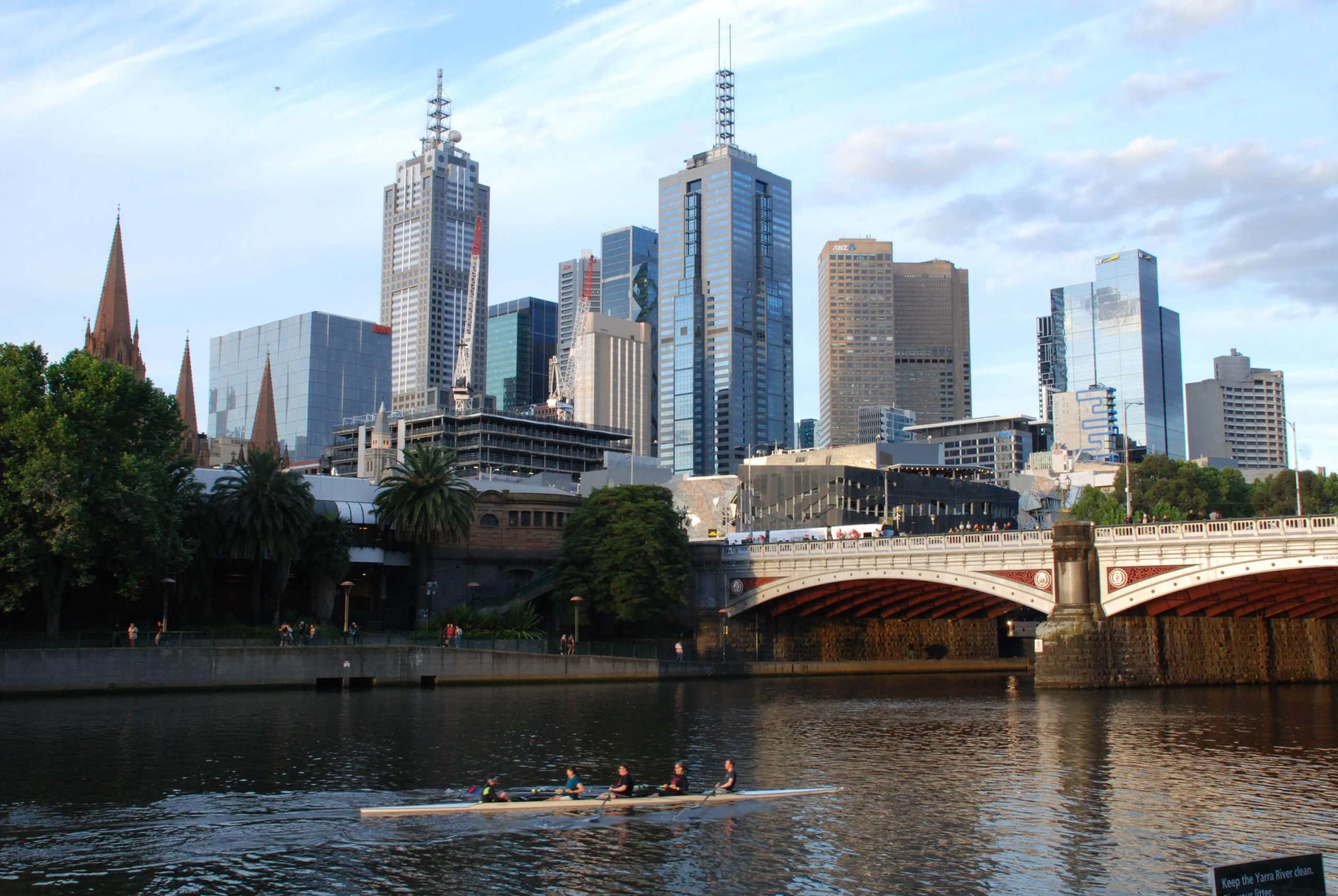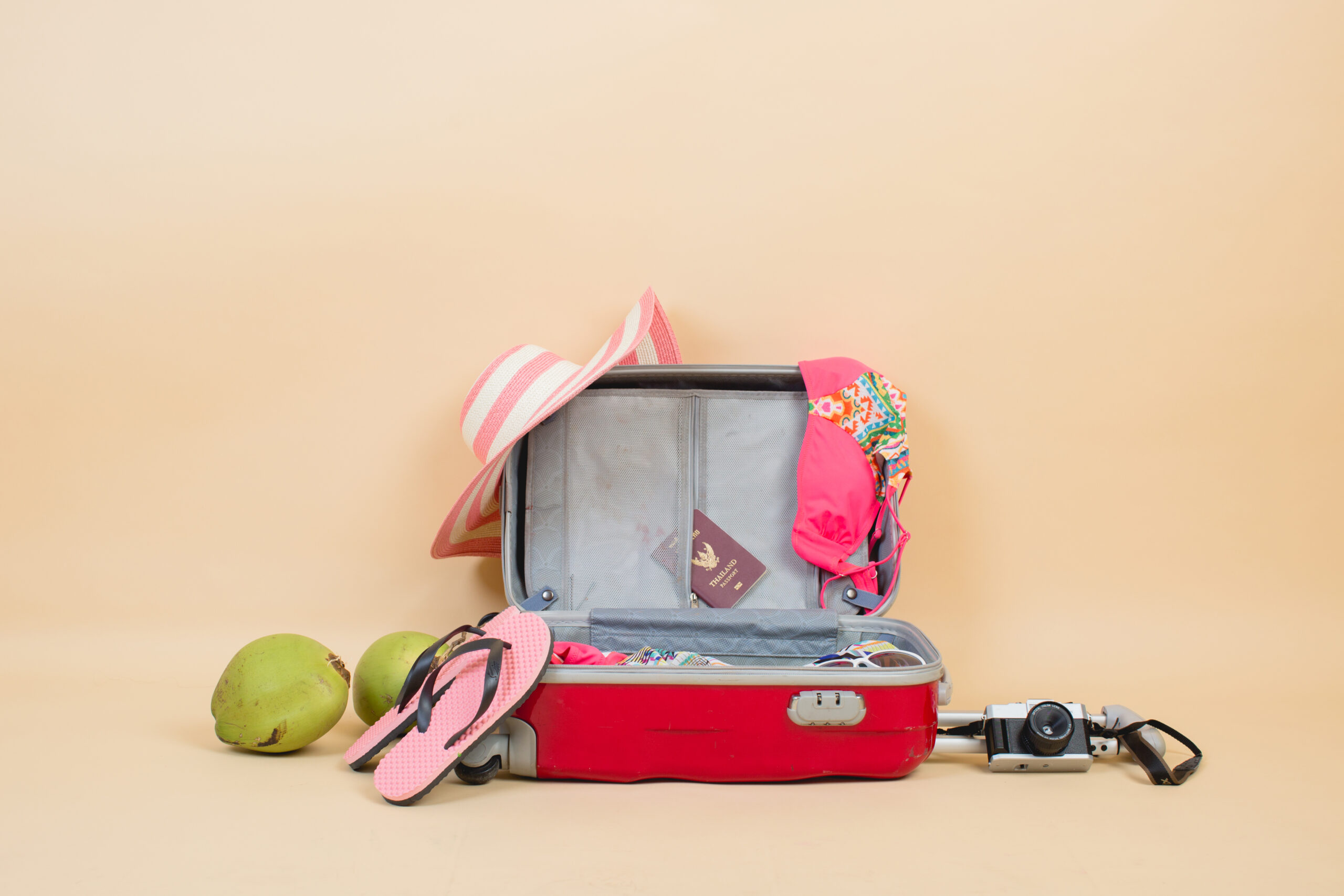Australian Floods: Handling Post Flood Recovery
As floods continue to rampage through parts of Queensland and NSW, many Australians who have had their homes flooded are left wondering what they’re going to do next.
From the wreckage of homes to the horrid smell the bodies of water bring, the overwhelming natural disaster has left those directly impacted with a need for assistance, which thankfully many key resources can assist affected areas.
So, whether you’ve been directly impacted by the floods or you’re just looking to lend a helping hand, here’s everything you need to know about handling post-flood recovery.
Federal Government Support
Services Australia (PH: 180 22 66) has provided several ways to gain financial assistance if you’ve been affected by floods.
Depending on your location and the amount of damage created by floods, those living in local government areas in southeast Queensland and northern New South Wales can apply for the Australian Government Disaster Recovery Payment (AGDRP).
The one-off payment is worth $1,000 for each eligible adult and $400 for each eligible child. There are also two extra payments for those living in Clarence Valley, Richmond Valley and Lismore (totalling $2,000 for each eligible adult and $800 for each eligible child).
For access to the payment, you’ll need to have been personally affected by the flood, through injury, damage to your home or from an immediate family member who has died as a direct cause of the floods.
You must also be an Australian resident and permanently live in the area (so holiday homes and investment properties are not applicable). This application must be sent to Services Australia within the next six months and have photographic evidence of the damage.
To check eligibility for the Australian Government Disaster Recovery Payment, click here for QLD or here for NSW.
In addition to the AGDRP, you can also apply for a Disaster Recovery Allowance, which is a fortnightly payment for up to 13 weeks for employees and small businesses.
This form of disaster assistance is for those who have lost income as a direct result of the floods. The maximum equivalent rate is akin to JobSeeker (for example, a single individual with no kids receives $629.50 per fortnight) or to Youth Allowance (single, no kids and out of your parent’s home receives $530.40 per fortnight).
Eligibility for this allowance requires your workplace to be in one of the affected local government areas and for the floods to cause your wages to drop below the average Australian weekly income (roughly $1,700).
This income, however, cannot be accessed if you’re on another government disaster recovery funding arrangement.
Local Government & Community Payment
In addition to federal government assistance, there are also several disaster relief grants available for those affected by the floods.
The Queensland government have a number of grants available, the most prevalent being the Emergency Hardship Assistance Grant. This grant allows eligible applicants to receive $180 per person up to $900 for a family containing five members or more(for further info, call 1800 173 349).
There’s also the Essential Household Contents Grant, which is available for those who are uninsured for contents insurance and need assistance replacing or repairing essential household contents (Up to $1,765 for single adults, $5,300 for couples/families).
Another grant for Queenslanders is the Structural Assistance Grant, which is similar to the contents grant but targets the structural integrity of your home. This grant is for the uninsured and grants up to $10,995 for single adults and up to $14,685 for couples/families.
Currently, for northern NSW residents, there is not much information around apart from the Disaster Relief Grant for individuals. This grant is available for low-income earners whose home has been damaged by natural disasters, while also not having insurance.
For more information on this grant, you can call Service NSW (13 77 88) or visit the NSW Government website for more information.
In addition to these local government grants, there are other resources you can access for further financial support, such as:
- Additional Child Care Subsidy Temporary Financial Hardship – Extra help for approved childcare costs.
- National Debt helpline – Confidential counselling and resources (1800 007 007).
- Australian Banking Association – Many local banks are supporting customers affected by floods under their emergency assistance hotlines.
How to Help
If you’re looking to lend a helping hand to those who have been hit by the rapid floodwaters, there are a couple of ways you can help clean up with community recovery.
For starters, Volunteering Queensland is currently working with several flood-impacted council regions to support those affected with personal hardship from the Queensland floods.
As listed on the website, VQ is accepting registrations from volunteers to help assist the following councils:
- Brisbane City Council: Mud Army 2.0
- City of Gold Coast Council – Gold Coast Flood Clean up
- Ipswich City Council – Ipswich Flood Recovery
- Logan City Council – Logan Legends
- Moreton Bay Regional Council – Moreton Army
- Fraser Coast Regional Council
For more information or if you’re looking to volunteer, check out their website here.
If you’re a potential donor, the platform GIVIT is a brilliant way to send flood victims items that they’re in desperate need of. These items can include clothing, groceries, vouchers and all other sorts of essential services.
There are also several local not-for-profit organisations (Red Cross, St Vincent de Paul, the Salvation Army and Foodbank to name a few) that are assisting flood-affected areas which will accept donations of all kinds as they continue to provide food, water, clothes and financial aid to the affected individuals.
Finally, if you or somebody you know has been personally affected by these natural disasters and is struggling to cope mentally, you can give the people below a call who will be able to assist.
- Lifeline (13 11 14, or message online here). Lifeline also has a Lifeline Community Recovery Team that visits communities to directly provide counselling and psychological first aid.
- Headspace (1800 650 890, or contact online here).
- Beyond Blue (1300 22 4636, or visit them online here).



 Justyn Harrison
Justyn Harrison 






